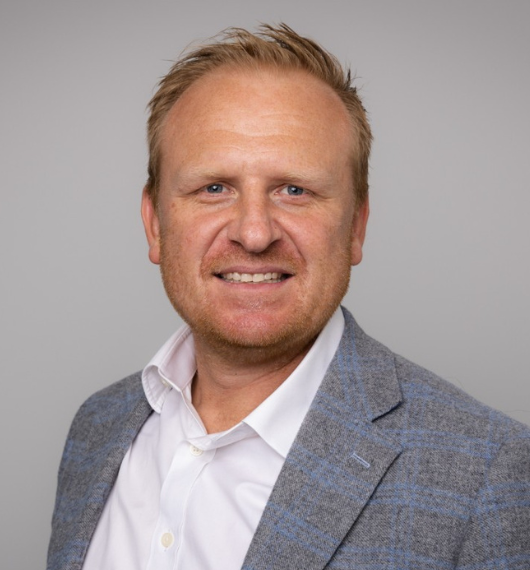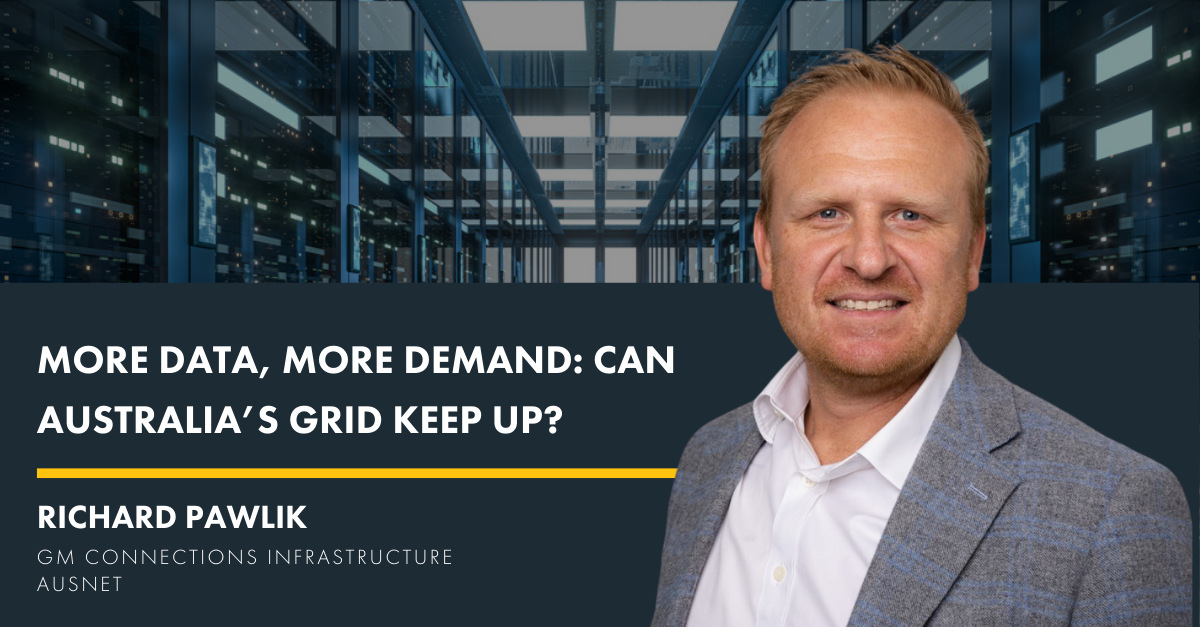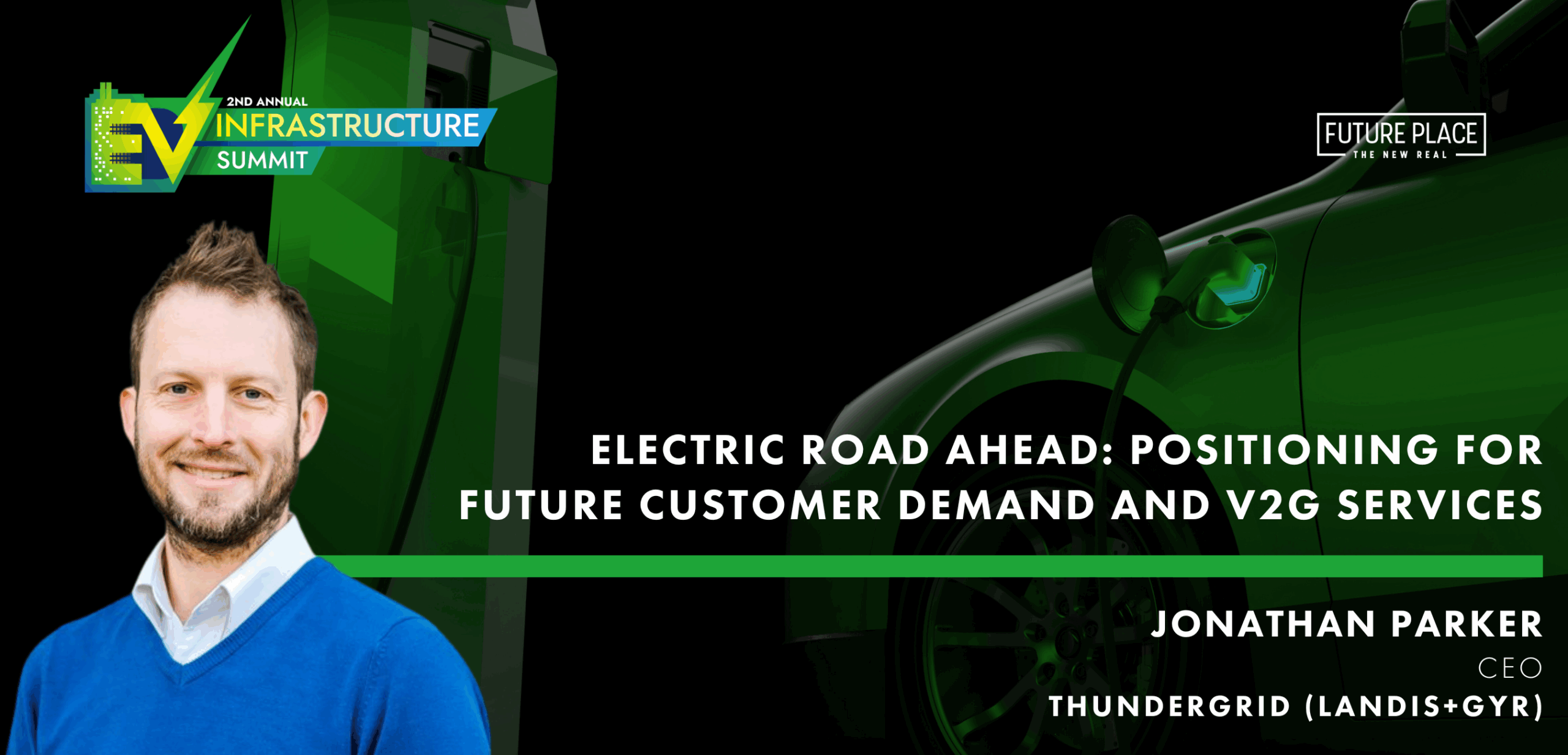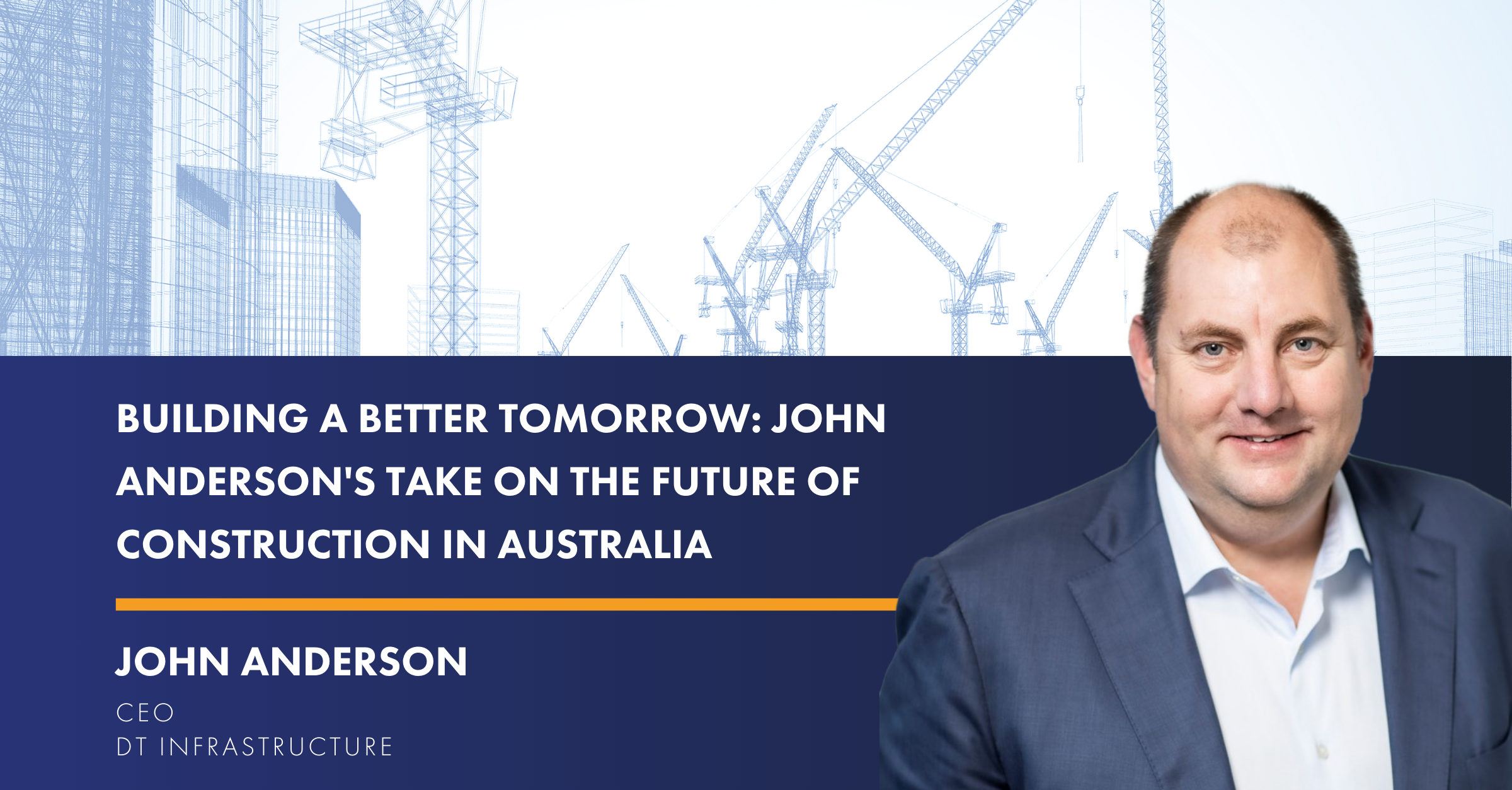As demand for hyperscale and colocation data centres accelerates across Australia, so too does the pressure on our energy infrastructure. Behind the scenes, industry leaders are working to ensure power capacity, grid stability, and renewable integration can keep pace with our surging digital economy.
One of those leaders is Richard Pawlik, General Manager of Connections Infrastructure at AusNet, who sits at the vital intersection of energy infrastructure and data centre development. With a front-row seat to the sector’s evolving challenges and opportunities, Richard shares his insights into the realities of grid connection, the importance of strategic site selection, and why early engagement is everything.
In this conversation, Richard explores how AusNet is supporting the data centre boom -through smarter network planning, streamlined connections, and the integration of renewables and battery storage. He also unpacks the role of innovation, the mounting pressure on AEMO, and what it really takes to build a resilient, future-ready energy ecosystem.
Whether you’re an operator, investor, or policymaker, this is a highly relevant perspective on powering Australia’s digital infrastructure – today and into the future.
FuturePlace: As demand for hyperscale and colocation data centres grows, what are the biggest challenges in ensuring sufficient power infrastructure to support this expansion?
Richard Pawlik: Site selection for new data centre developments is critical. The biggest challenges we’ve seen in accessing sufficient power infrastructure arise when the proposed site is in a sub-optimal part of the network or located a long distance from an appropriate connection point – such as a terminal station or substation. Initial site selection is therefore vital to ensure facilities have the best chance of connecting and scaling in the future.
As more data centres connect to both distribution and transmission networks, some areas of the grid become constrained, or the technical complexity increases – potentially limiting future load projects or scaling of existing ones. If the site is too far from a suitable connection point, complex cabling or line works may be required to bring power to the data centre. These works can add significant time, cost, and risk, particularly around obtaining the necessary approvals from authorities in the relevant jurisdictions.
It’s essential that developers engage with the relevant power utilities very early in the project lifecycle to ensure sufficient power can be delivered at their proposed location.
AusNet is well equipped to assist developers with informed site selection. We own, operate, and maintain the transmission network in Victoria (at 66kV and above), and we also have a separate team managing the distribution network in the east of Victoria (at 66kV and below). AusNet has the skills and technical expertise to help across all voltage levels when looking to connect to the network.
FuturePlace: Data centres are becoming major energy consumers, putting pressure on existing grid infrastructure. What strategies are being explored to increase grid resilience and capacity to meet future demand?
Richard Pawlik: The location of the data centre is key to avoiding pressure on the grid. Placing data centres near strong sections of the electrical network is the simplest way to avoid complications. As part of a connection application, a proponent’s facility is assessed for its impact on the network, and mitigating measures – such as reactive plant or network augmentations – can be factored in.
Given the recent surge in activity, network planners at both distribution and transmission levels are evaluating these impacts on both project-specific and broader scales. Progress is being made, with new transformers being installed, new terminal stations created, and additional circuits added or extended to boost capacity. The level of data centre enquiry alone has driven an acceleration of these upgrades.
FuturePlace: With the push for sustainable energy solutions, how is AusNet working to integrate renewables, battery storage, and grid-scale solutions to support the data centre sector?
Richard Pawlik: AusNet’s infrastructure connections team has a strong history of connecting both large loads and generation or storage facilities to the transmission network. We support sustainable data centre solutions by delivering the connection services required to co-locate data centres with renewable generation and battery energy storage systems (BESS).
AusNet developed the first utility-scale BESS in Victoria and has a dedicated BESS team that can assist proponents with development opportunities beyond just connection infrastructure. Our teams are working with various load customers to improve reliability and redundancy – progressing developments in a more sustainable way to help accelerate the energy transition.
FuturePlace: One of the biggest hurdles for new data centre developments is securing grid connections in a timely and cost-effective manner. What can be done to streamline this process, and what should developers be aware of?
Richard Pawlik: As part of the connection process, developers must work with the relevant Transmission Network Service Provider (TNSP) or Distribution Network Service Provider (DNSP) to ensure the new connection meets technical requirements. This process can be time-consuming, particularly for large, complex inverter-based loads.
To navigate this successfully, early engagement with the TNSP or DNSP is essential. It gives time to work through the connection application and identify any major concerns at the proposed connection point.
Engaging an experienced grid consultant is also crucial. They can support technical modelling, prepare documentation, and provide insights into the most efficient path to connection approval.
We’re currently seeing an unprecedented volume of connection enquiries for these large-scale data centre loads. The Australian Energy Market Operator (AEMO) has never experienced this level of demand in the National Electricity Market (NEM). Balancing this rapid shift between energy users and producers presents major challenges.
AEMO is tasked with maintaining the reliability and integrity of the network. With such a generational shift underway, there are many unknowns. But over time, as more is learned, AEMO will be better positioned to expedite connections. Early engagement with AEMO, delivery partners, and grid consultants sets the project up for success.
FuturePlace: Data centres require constant, high-power availability. How can the industry balance growing demand with the need to maintain grid stability, efficiency, and sustainability?
Richard Pawlik: This is one of the fundamental challenges that needs to be addressed for Australia to build a world-leading data centre industry. Network planners at both transmission and distribution levels must ensure any new connections are compatible with the existing system and don’t degrade the overall power quality for consumers.
The connection application process provides the necessary due diligence and allows for the consideration of any mitigation strategies needed to protect power quality and availability. AEMO, in particular, faces the difficult task of balancing generation availability with rising demand – from both data centres and the broader community – while also managing the shift towards renewables.
FuturePlace: What emerging technologies, policies, or grid management strategies do you see as game-changers for improving energy distribution to high-density facilities like data centres?
Richard Pawlik: We’re seeing a growing interest from developers in coupling data centres with generation facilities and co-locating them at generation sites. A key driver of this is improved reliability or redundancy in energy supply.
However, as we look forward, system strength requirements are becoming increasingly important for connecting loads. We’re starting to see more consideration being given to co-locating with BESS and deploying system-strength, grid-forming inverters. I expect these approaches will become far more common in the near future.
FuturePlace: At the Data Centre Real Estate Summit, you’ll be sharing insights on the power capacity and connections for data centres. Without revealing too much, what are some key themes you’ll be addressing?
Richard Pawlik: I’ll focus on how critical – and sometimes complex – a data centre’s power connection can be, and why site selection and early engagement with the right partners is essential to ensure power is available when needed.
AusNet has also energised the first transmission-level data centre in Australia, and I’d like to share more about that experience and the success of the project.
FuturePlace: Finally, for those working in data centre development, investment, and operations, why is this event important? What conversations should industry leaders be having right now?
Richard Pawlik: It’s a great opportunity to hear from and connect with the various stakeholders who are essential to the successful development of data centres. From my perspective, the most critical conversation right now is around power – how can Australia best support a world-leading data centre industry while managing a transition to renewable energy?
Richard Pawlik will be joining a powerhouse panel of energy and infrastructure leaders at the Data Centre Real Estate Summit on 19 June in Sydney, where he’ll share more insights during the session “Powering the Future: Data Centres & Australia’s Energy Grid.”
Joined by representatives from Endeavour Energy, Middleton Group, Engie, and AECOM, Richard will dive into the key challenges and opportunities shaping Australia’s data centre energy future – from connection and capacity hurdles to renewables integration and cross-sector collaboration.
Download the event brochure to explore the full program.

Richard Pawlik
GM Connections Infrastructure, Ausnet





